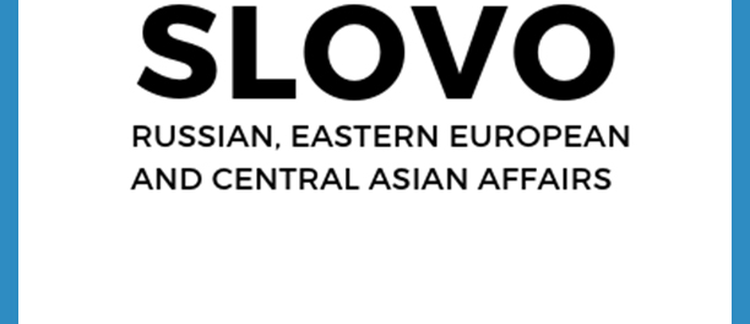Abstract
Download this article from UCL Discovery.
This article will examine the rise of nationalism amongst young Russians in post-Soviet Russian society. The aim is to analyse the causes of this development amongst two particular groups of young Russians, namely the Russian skinhead movement and the political youth movement Nashi. As well as looking into the causes of the rise of nationalism amongst these particular groups, this article will also look at the impact these groups have had in the further spread of nationalism throughout Russian society. It will be argued that the skinhead movement first emerged as a symptom of wider changes throughout Russian society following the collapse of communism, being part of a general rise in nationalistic and xenophobic attitudes amongst the wider population; meanwhile, Nashi actively co-opted nationalists and attempted to use nationalism as a tool for its own devices. Acknowledging the general rise in far-right attitudes, Nashi attempted to control them, but in fact predominantly resulted in their spread. In addition, the close ties of Nashi to Putin’s government could not help but dictate the actions of the group, meaning that it was pressured into following the government’s equally ambiguous approach towards Russian nationalism. Finally, the two groups shall be compared, and it will be argued that in recent years the skinhead movement has become increasingly political, and that although it was initially composed of groups of dissatisfied Russian teenagers, it has become a political force in its own right, further disseminating far-right nationalism amongst wider Russian society. In this respect, it will be argued that it is the lack of action on the part of the government which is to a great extent responsible for allowing this upsurge in far-right political activity, which has also lead to some cooperation between skinheads and Nashi.
How to Cite:
Wales, O., (2016) “Skinheads and Nashi: What are the reasons for the rise of nationalism amongst Russian youth in the post-Soviet period?”, Slovo 28(2).

